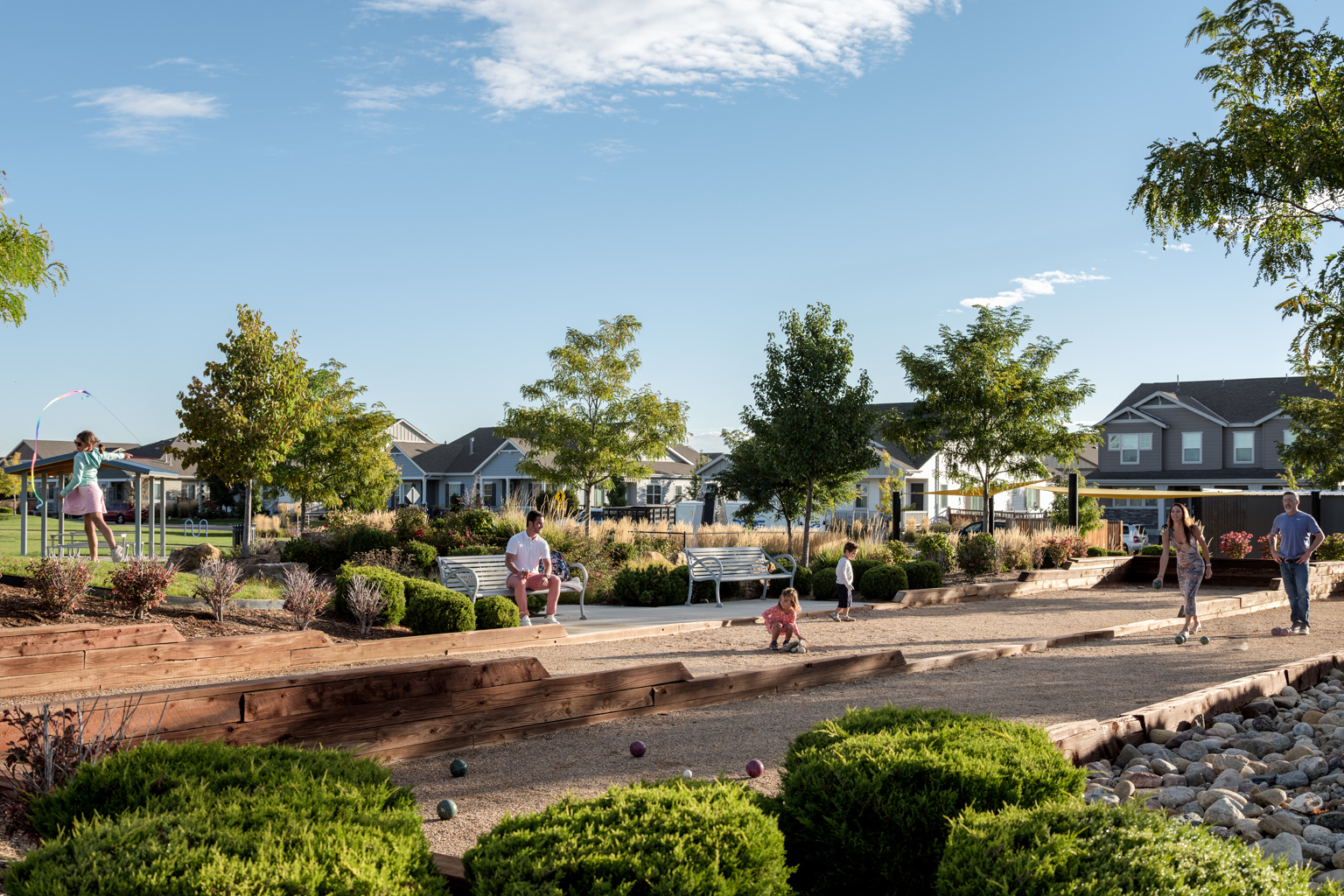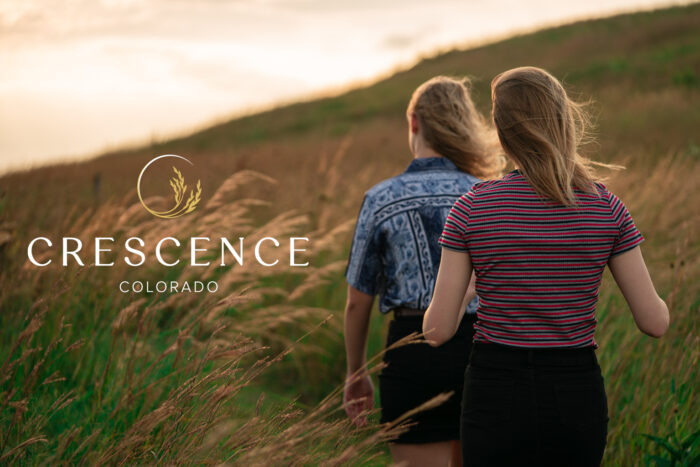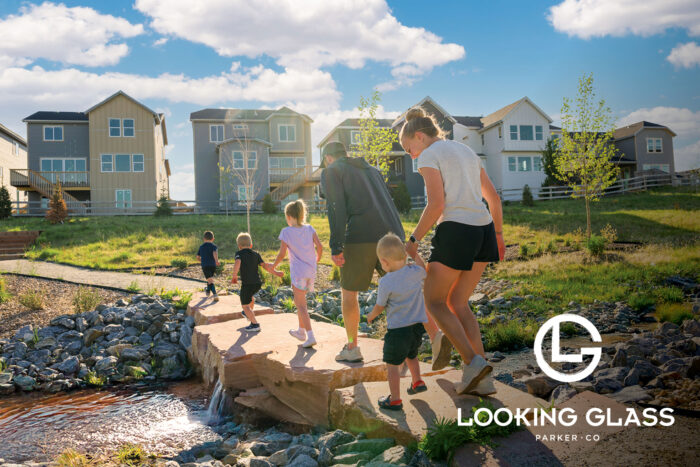
When Brand Meets Place: How Placemaking Shapes Experience, Identity and Belonging
In an age where authenticity matters, where people seek ‘home’ and not just a house, the role of placemaking – and the way your brand brings a place to life – has never been more vital in capturing attention and creating successful momentum.
We partner with visionary communities to help them do more than occupy land: to become destinations that express identity, foster belonging, and connect people to place in meaningful ways.

What is Placemaking — and why it matters
At its heart, placemaking is about designing with people, not simply buildings and infrastructure. It’s a philosophy. One that’s centered around the observation of how people live, work, and play in a particular space and geography. It’s how you create organic moments that seem intuitive and ingrained.
It’s about harnessing the assets, inspiration and potential of a community and articulating that through space, culture, programming and narrative.
Increasingly, placemaking and branding are inseparable. According to a study on Placemaking and branding from June 2025, “Placemaking initiatives may improve a place’s image and reputation, which is essential for place branding strategies. In addition, the involvement of stakeholders fosters a sense of belonging and pride among residents, a key element in place branding.” In other words: how we talk about a place, how we design it, how we live it — the brand becomes the lived experience.

The role of brand in place-making
Brand isn’t just a logo. It’s the filtering lens through which people interpret a place. When brand and place are aligned, the result is cohesive, memorable and emotionally resonant.
• A strong place-brand gives a community promise: this is who we are, this is how we live, this is what you can expect.
• That brand then comes alive through built forms, amenities, activation, signage, programming, and community culture.
• People don’t simply buy a home – they buy into a way of life; a place that supports their identity.
Placemaking delivers the power of branding to transform and position not just spaces, but entire communities.
And for developers and master-planners, that means: your marketing, design, product and activation must all be oriented around that narrative.
How this plays out in real communities
We’ve worked with a portfolio of clients who we’ve helped illustrate this dynamic beautifully:

- Brighton Crossings in Brighton, Colorado brings together amenity-rich parks, homes by multiple builders, and lifestyle-oriented storytelling. The refreshed brand and message tap into modern nostalgia – the longing for a warm, connected, small-town feeling even in a world that moves fast.
Here, brand and placemaking work together to recreate the emotional rhythms of a neighborhood many buyers never truly lived, but deeply crave: kids biking home at dusk, neighbors chatting at pocket parks, families gathering at the pool after school.
These cues aren’t accidental; they’re intentionally designed to feel familiar, comforting, and immediately lived-in.

- Windler in Aurora, Colorado is a community defined not by amenities alone, but by a shared way of living. Its principles – welcoming everyone, connecting with intention, infusing kindness, offering moments of delight, and growing together – form a social contract that shapes how neighbors interact, how community culture evolves, and how Windler is experienced from the very first touchpoint.
Windler shows how powerful it can be when a brand chooses to define “how we treat each other” as the heart of its market position. When values are made visible, practiced, and shared, a new-home community becomes more than a collection of streets and homes. It becomes a culture; one that residents feel proud to grow, protect, and call home.

- Crescence Colorado in Elbert County is shaped by the quiet power of the prairie—where wide-open spaces, endless skies, and unbroken horizons give the land a presence all its own. The brand leans into this vastness, transforming it from a backdrop into a defining experience. Life here is spacious, grounding, and deeply connected to nature’s rhythms. It’s a community where sky, land, and light guide the feeling of place as much as streets or architecture.
Through thoughtful planning, conservation-minded design, and messaging that honors the integrity of the plains, Crescence becomes more than a development—it becomes an invitation to breathe. To slow down. To live with intention in a landscape that clears the mind and expands the spirit. It’s prairie living elevated into identity.

- Looking Glass in Parker, Colorado offers placemaking with vision and possibility. The brand is built around a simple but powerful idea: Be Legendary. It’s a forward-looking Colorado ranch community that blends timeless Western openness with a modern sense of ambition and individuality. Here, the land rolls gently toward the horizon, offering room to dream bigger, live boldly, and shape a life that feels distinctly your own. The brand encourages residents not just to live well, but to leave a mark—to craft a story worthy of the landscape.
With thoughtful neighborhoods, expansive views, and a design ethos rooted in authenticity and aspiration, Looking Glass becomes a place where possibility takes center stage. It’s not simply about ranch-style living; it’s about embracing the future with confidence. A community designed for those who see life not as something to inherit, but something to define.
In each case, the brand informs the story of place, and the place reinforces the brand promise. It becomes a virtuous loop.
Why this matters for you (and your prospective residents)
When you embed brand into placemaking, you:
- Create clarity for buyers: They understand what the community stands for and how they fit in. Creating a quick click and immediate positive sensibilities.
- Elevate the value proposition: Place-branding adds intangible value that goes beyond square-footage and finishes.
- Foster engaged communities: A strong brand encourages residents to become ambassadors, stewards, co-creators of place, and ultimately the best marketers of the community.
- Future-proof the investment: In evolving markets, the place that has a clear identity and culture will tend to endure and adapt.
Bottom line
In the built-environment business – especially for master-planned communities – the most powerful differentiator today is place, and the most effective way to activate that place is brand.
We believe the intersection of brand + place is not an afterthought. It’s the heart of strategy, design, and culture. Because when you get brand, design and activation aligned, you don’t just build homes: you build homecomings and fuzzy feelings that keep momentum.
Let’s talk about how your next community can embody this intersection of identity and environment.